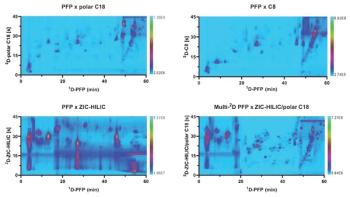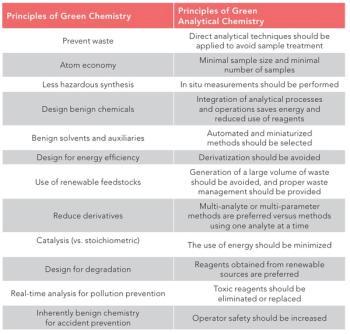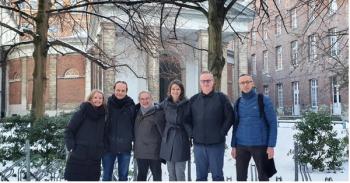
Dispersive Liquid-Liquid Microextraction in Antiseptic Agent Analysis
Researchers from the Chinese Academy of Sciences (Beijing, China), Beijing Technology and Business University (Beijing, China), and Hebei University (Shijiazhuang, China) used dispersive liquid?liquid microextraction and ultrahigh-pressure liquid chromatography to analyze triclosan, triclocarban, and methyl-triclosan in aqueous samples.
Researchers from the Chinese Academy of Sciences (Beijing, China), Beijing Technology and Business University (Beijing, China), and Hebei University (Shijiazhuang, China) used dispersive liquid–liquid microextraction and ultrahigh-pressure liquid chromatography to analyze triclosan, triclocarban, and methyl-triclosan in aqueous samples. Triclosan and triclocarban are antibacterial and antifungal agents found in some antiseptic soaps, nad methyl-triclosan is an environmental transformation product of triclosan. They examined factors such as extraction solvent and dispersive solvent type and volume, extraction time, and pH. They found that the method was suitable for the rapid determination of the compounds in real water samples.
Newsletter
Join the global community of analytical scientists who trust LCGC for insights on the latest techniques, trends, and expert solutions in chromatography.




